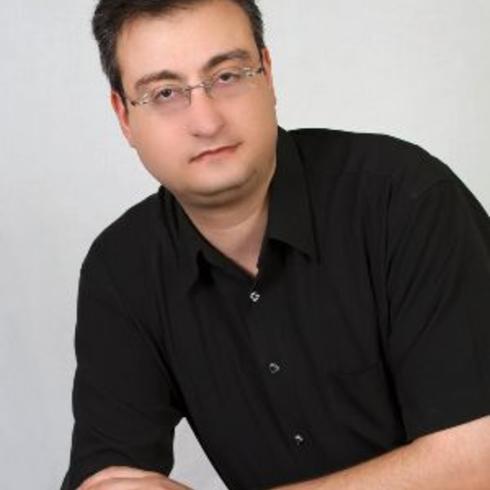
" A Wintery Spring "
dramatic lament in 3 lessons
SÉLECTION 2019
- Nominated for : The Musical Composition Prize 2021
I humbly believe that part of my responsibility as a composer is to be closer to the pain of other human beings. The idea of composing A Wintery Spring began back in late 2014 as a project which aims to engage with some aspects of the present political and social fabric of the Middle East, i.e. my native culture which I left behind when I moved to Europe in 2002. The same position was taken a century ago by the famous poet and writer, Gibran Khalil Gibran (1883-1931), who was also born to a Christian family (in Lebanon), but who emigrated to the US. Gibran’s kept the East, though distant geographically, close to his mind and heart; he also appreciated the West where he was living. He learned from both cultures, and contributed to both through his writings in Arabic as well as in English.
The quest for freedom, dignity and justice which began in many Arab countries in early 2011 with the movement known as the ‘Arab Spring’ turned sadly, yet unsurprisingly at least for me, to a wintery spring full of fire, death and tears resulting in huge catastrophes which have no clear or expected end until this very moment. Gibran experienced similar situation back in the beginning of the 20th century as the present so-called Arab countries were under the occupation of the Othman empire. Inspired by the present in which he lived, Gibran wrote texts which bear an uncanny resemblance to contemporary events, to this very day. Is history repeating itself? Is history an everlasting inescapable present?
I chose three of Gibran’s texts which reflect the situation in the Middle East since the beginning of the ‘Arab Spring’ in 2011 until today. The three texts –as organized in the libretto- are:
- ‘The New Frontier’ in which Gibran prophesied an Arabic spring while comparing two generations among his own people: an older generation (which features the majority) who is willing to continue to be oppressed; versus a younger generation (portrayed as a minority) who is willing to strive and fight for freedom.
- ‘My Countrymen’ in which Gibran regrets and condemns the fear, the laziness and the surrender of his own people towards oppression.
- ‘Dead are my people’ which expresses Gibran’s sorrow, lamentation, grief and nostalgia.
These three texts were separately written by Gibran and were not connected. In order to create a stronger dramatic sense and flow between Gibran’s texts, I extracted, edited and linked them together in such a way as to allow them to function as a libretto; however, also in a way that ensures they remain essentially Gibran’s.
A Wintery Spring is scored for 3 solo singers (high soprano, mezzo-soprano & baritone), a prerecorded vocal ensemble and 17 musicians. ‘A Wintery Spring’ attempts, however, at avoiding the tradition of operatic music at many levels. For example, the 3 solo singers are featured as abstract characters and when not singing they are asked to remain off-stage. The total duration of singing in the whole work (including the prerecorded vocal ensemble) is ca. 18 minutes only. That said, the remaining ca. 27 minutes of ‘A Wintery Spring’ are filled with pure music and an empty stage; something which -I hope- would offer a challenging opportunity for finding creative and imaginative ways of new staging possibilities.
Saed Haddad

